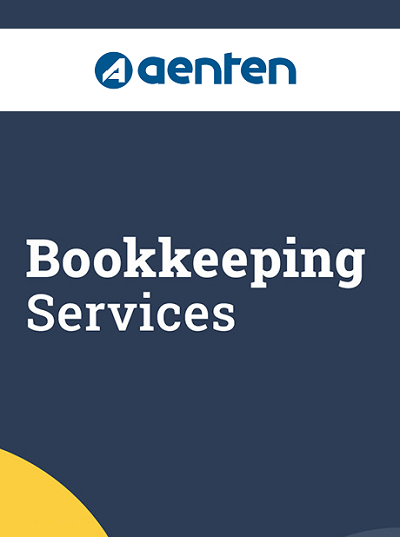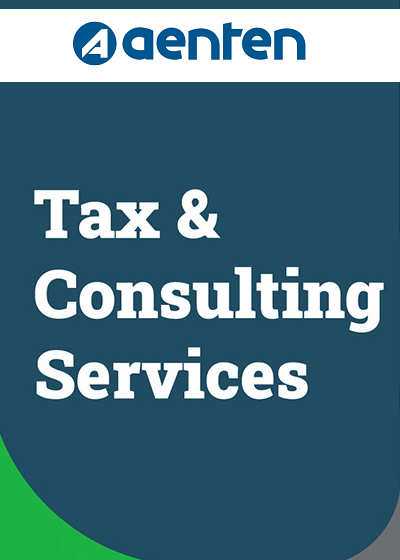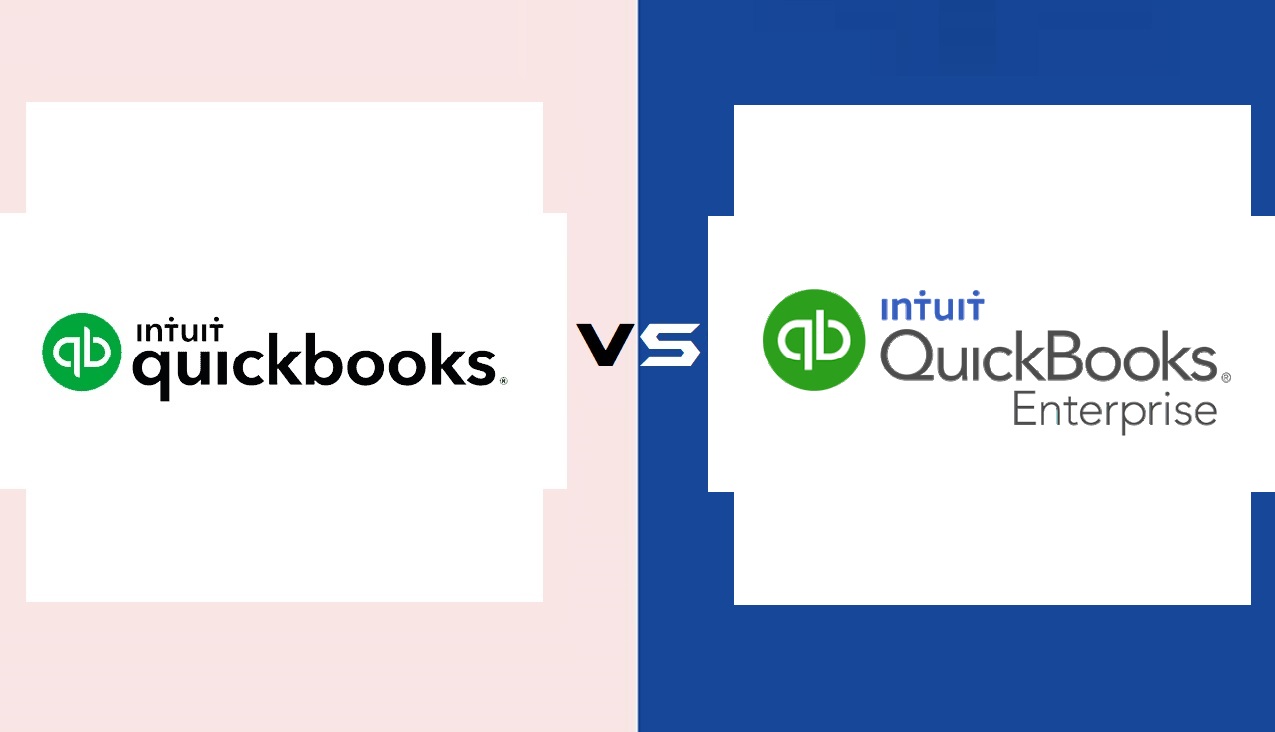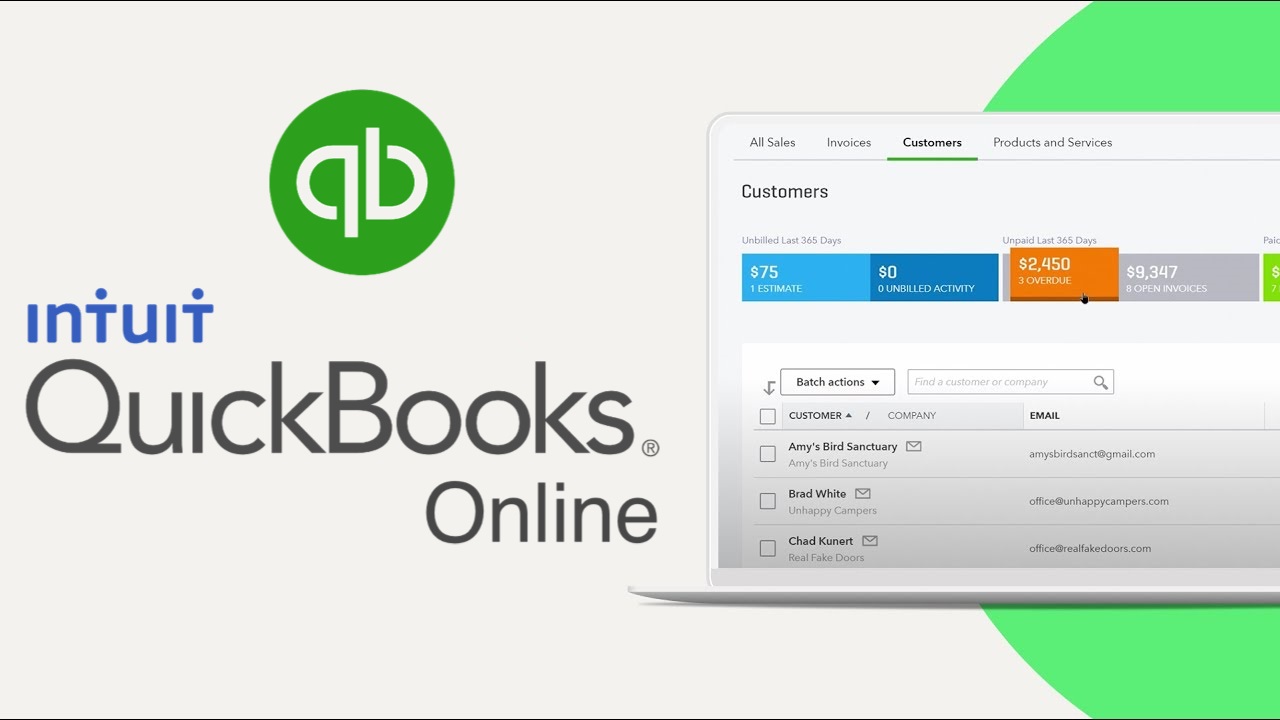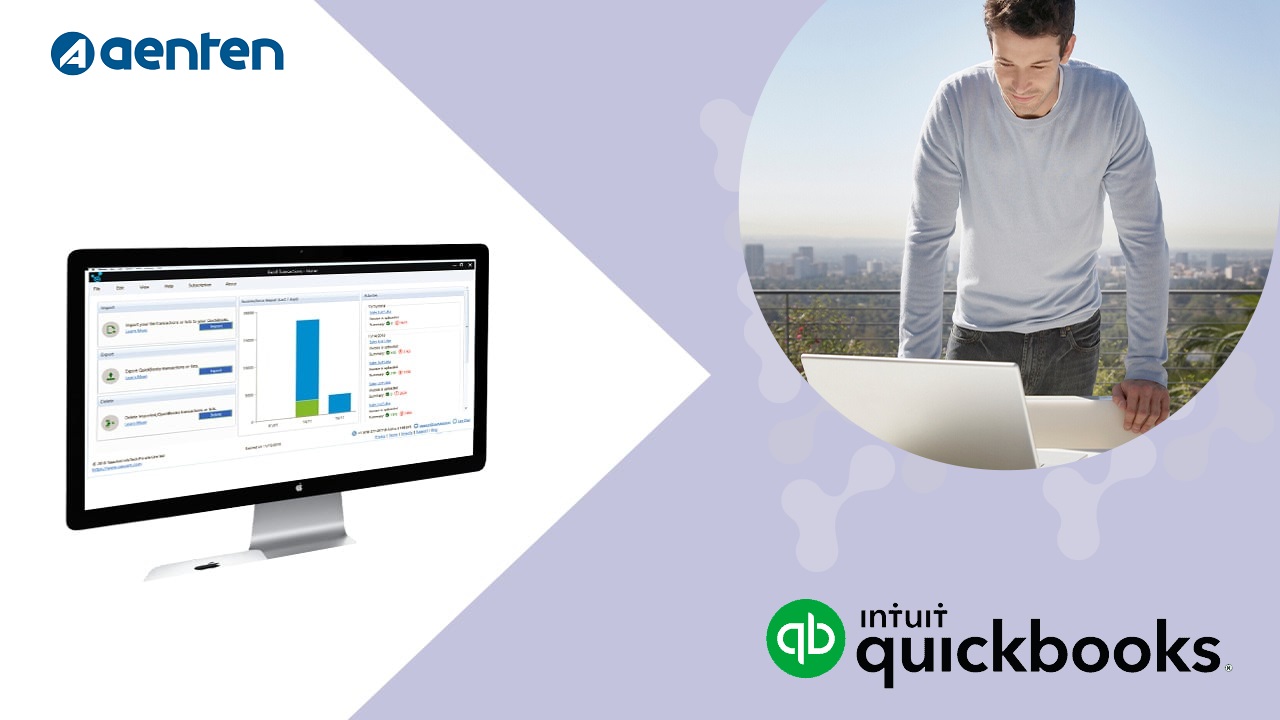As a sole proprietor, partnership, or LLC, it’s important to understand the different ways to pay yourself. These entities operate differently and have different tax obligations, which can affect how you pay yourself. In this article, we’ll explore the various methods of payment available and discuss the pros and cons of each.

1. Pay Yourself As Sole Proprietorship
As a sole proprietor, you are the sole owner of your business and have complete control over its finances. When it comes to paying yourself, there are a few options available:
- Draw from profits: As a sole proprietor, you are entitled to all profits generated by your business. This means you can simply withdraw money from your business account as needed. However, it’s important to keep in mind that all profits are subject to self-employment taxes, which can be significant.
- Pay yourself a salary: You can choose to pay yourself a regular salary, just like you would if you were an employee of a company. This can help you budget and plan for your personal expenses more effectively. However, keep in mind that you’ll need to withhold payroll taxes from your salary.
- Owner’s draw: An owner’s draw is a method of paying yourself in which you withdraw money from your business account without having to pay payroll taxes. This can be an attractive option, but keep in mind that owner’s draws are subject to income tax and can be complicated to track.
Read Also : What Is the Employee Retention Tax Credit and Who Can Apply for It?
2. Pay Yourself As Partnership
In a partnership, there are multiple owners who share the profits and losses of the business. When it comes to paying yourself, there are a few options available:
- Draw from profits: Just like a sole proprietorship, partners can withdraw money from the business account as needed. However, keep in mind that all profits are subject to self-employment taxes.
- Pay yourself a salary: As a partner, you can choose to pay yourself a regular salary. This can be a good option if you want to ensure a consistent income, but you’ll need to withhold payroll taxes.
- Guaranteed payments: Partners can receive guaranteed payments, which are similar to a salary. However, guaranteed payments are deducted from the partnership’s profits before they are divided among the partners. This means that partners who receive guaranteed payments will receive a smaller share of the profits.
Read Also : Annual Budgeting Guide For Small Business
3. Pay Yourself As LLC
An LLC is a hybrid business structure that combines the liability protection of a corporation with the tax benefits of a partnership. When it comes to paying yourself as an LLC, there are a few options available:
- Draw from profits: Members of an LLC can withdraw money from the business account as needed. However, keep in mind that all profits are subject to self-employment taxes.
- Pay yourself a salary: As a member of an LLC, you can choose to pay yourself a regular salary. This can be a good option if you want to ensure a consistent income, but you’ll need to withhold payroll taxes.
- Distributions: Members of an LLC can receive distributions, which are similar to owner’s draws. Distributions are not subject to payroll taxes, but they are subject to income tax.
Read Also : 10 Ways to Pay Off IRS Tax Debt.
Factors to Consider When Choosing a Payment Method
When deciding how to pay yourself as a sole proprietor, partnership, or LLC, there are several factors to consider:
- Tax implications: The method you choose can affect your tax liability. For example, owner’s draws and distributions are not subject to payroll taxes, but they are subject to income tax.
- Personal financial needs: Consider your personal financial needs when deciding how to pay yourself. A regular salary can help you budget and plan for your personal expenses more effectively.
- Business cash flow: Consider the financial health of your business when deciding how much to pay yourself. If your business is struggling, you may need to pay yourself less to ensure the business
